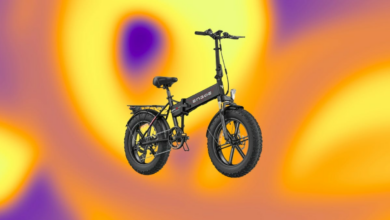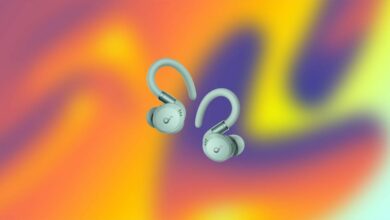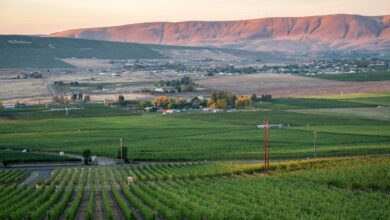Aurora Borealis will once again be visible in the northernmost states of the US
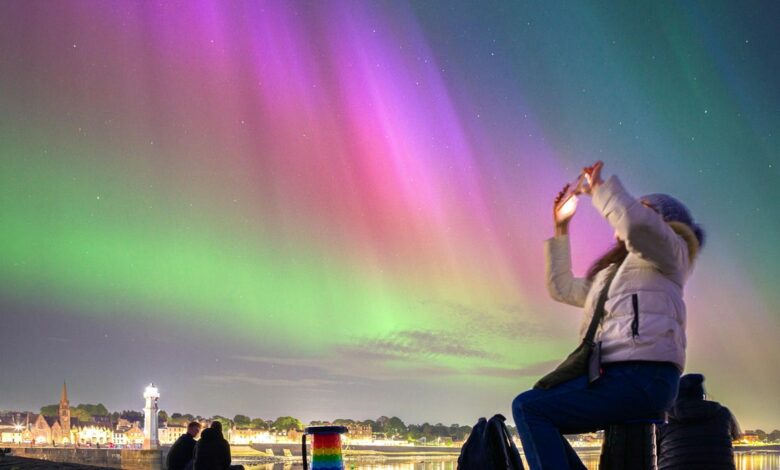
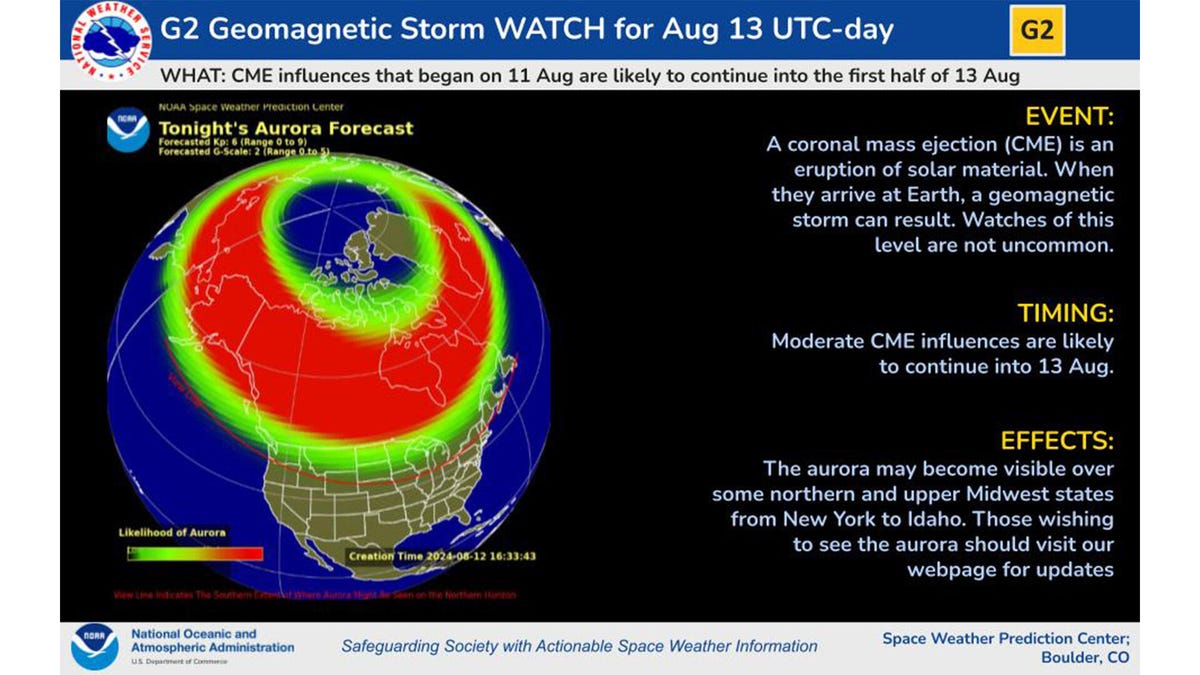
At this point, buying a chair and putting it outside specifically to look at the sky wouldn’t be the worst investment. We’ve seen planet parades, a solar eclipse, a triple meteor shower, and even the Milky Way. People in the northernmost U.S. states, including New York, Montana, Washington State, and Minnesota, will have the chance to add another aurora borealis sighting to their social media profiles on Monday and Tuesday night this week.
The National Oceanic and Atmospheric Association tracked a burst of solar material from the sun on August 11, which should hit Earth on August 12-13. This material creates geomagnetic storms that push the aurora further south. This has happened quite often this year and means that people can see the northern lights further south than usual.

According to NOAA, the aurora will be visible in the red and green zones.
Basically, the entire northern border of the U.S. could get a glimpse. That means Washington State, Montana, North Dakota, Minnesota, Wisconsin, Michigan, New York, and down through Maine. There’s also a chance the northernmost parts of the states that border those areas could see it too. NOAA says it’s going to continue through August 13th, so hopefully you can get some nice photos for Instagram.
In May, the Northern Lights lit up the night sky for tens of millions of people across the U.S., with reports of them reaching as far as Alabama. While such brilliant examples of the Northern Lights this far south are exceedingly rare, they do creep into the northern U.S. fairly consistently.
The Northern Lights were also visible on Sunday evening
NOAA’s forecasts can vary. Sometimes the aurora doesn’t extend as far south as models predict, while other times it extends much further. This beautiful video about X from Las Vegas Local shows just a little bit of aurora, along with a few meteors from the Perseid meteor shower in Joshua Tree National Park in California. That park is much further south than NOAA predicted.
The city of Pittsburgh could see it too, best shown in this absolutely incredible time-lapse video on X where the northern lights bathe the city in green and purple light. Of course, people on the other side of the world have also been able to experience the northern lights and the Perseids, like this X user from the Netherlands who managed to capture a juicy photo of a meteor and the Northern Lights in the same photo.
So if you’re in the northernmost regions of the US and the NOAA chart doesn’t seem to reach far enough to where you are, we encourage you to take a look anyway. It might exceed expectations and reach as far as you are. Just remember that in a big city or the suburbs, there will likely be too much light pollution to get a good photo, so you may have to drive a bit out of town if you want to see it.

